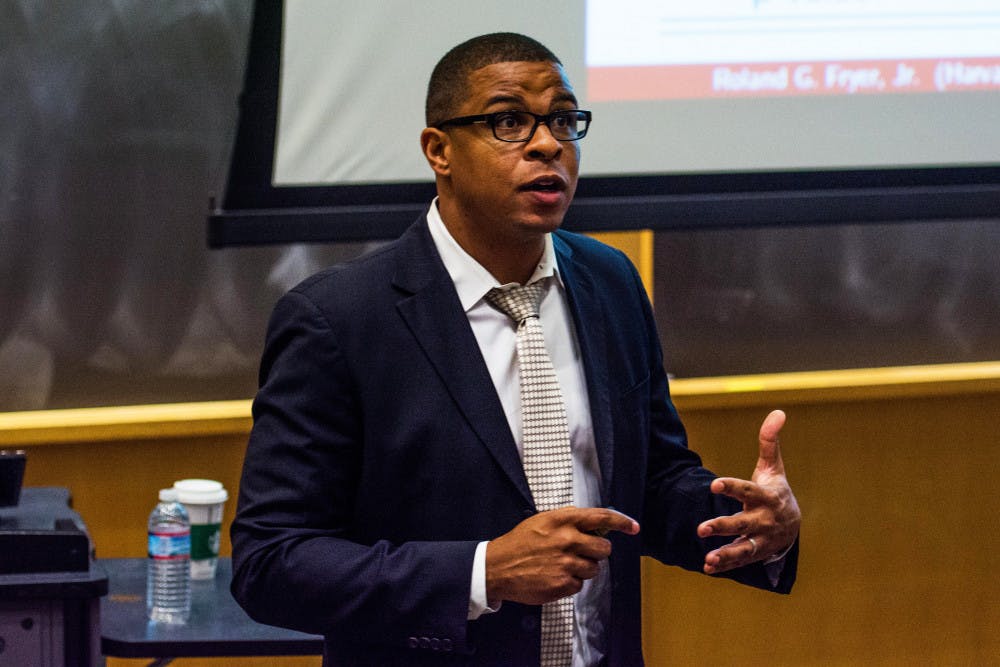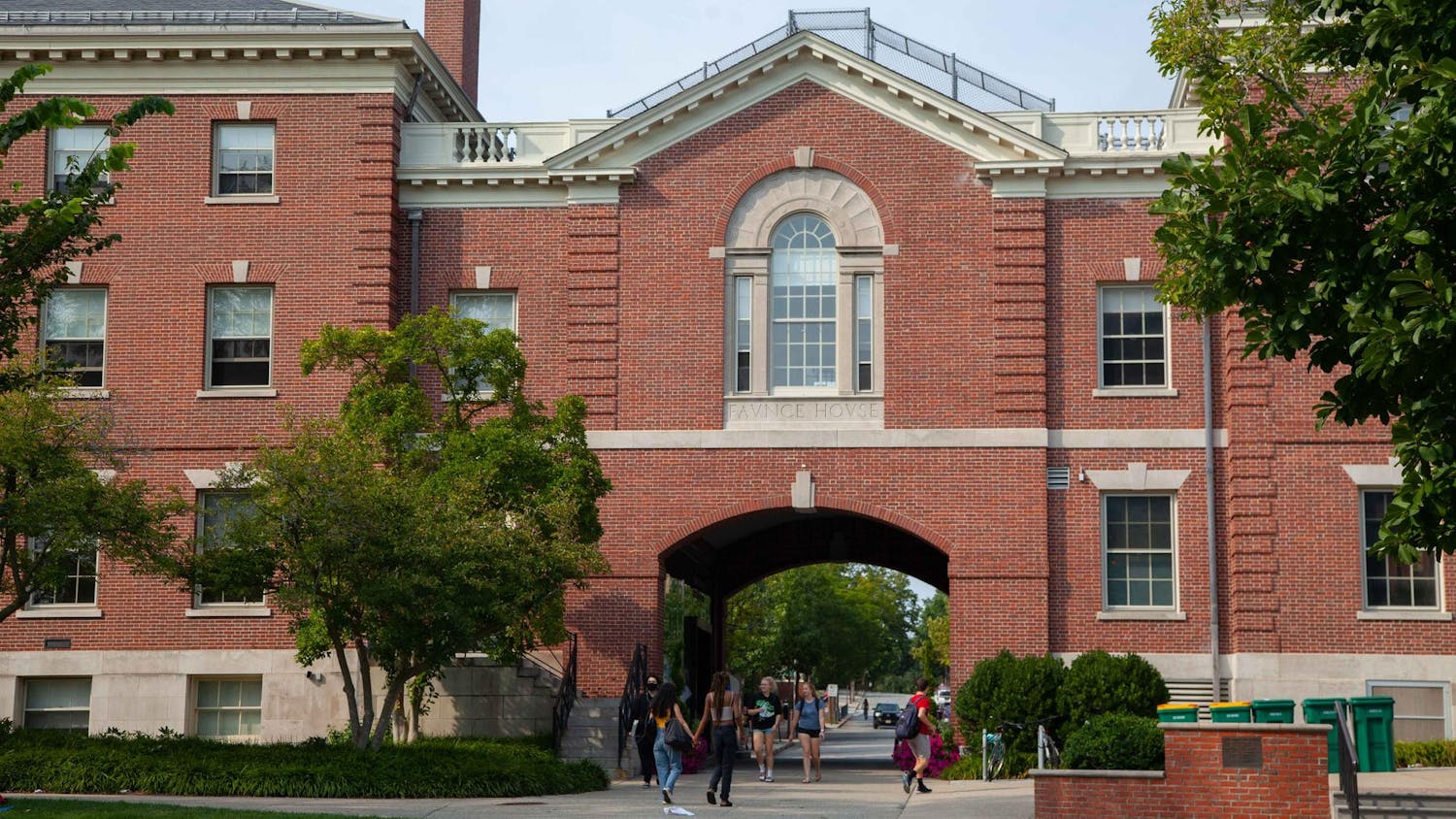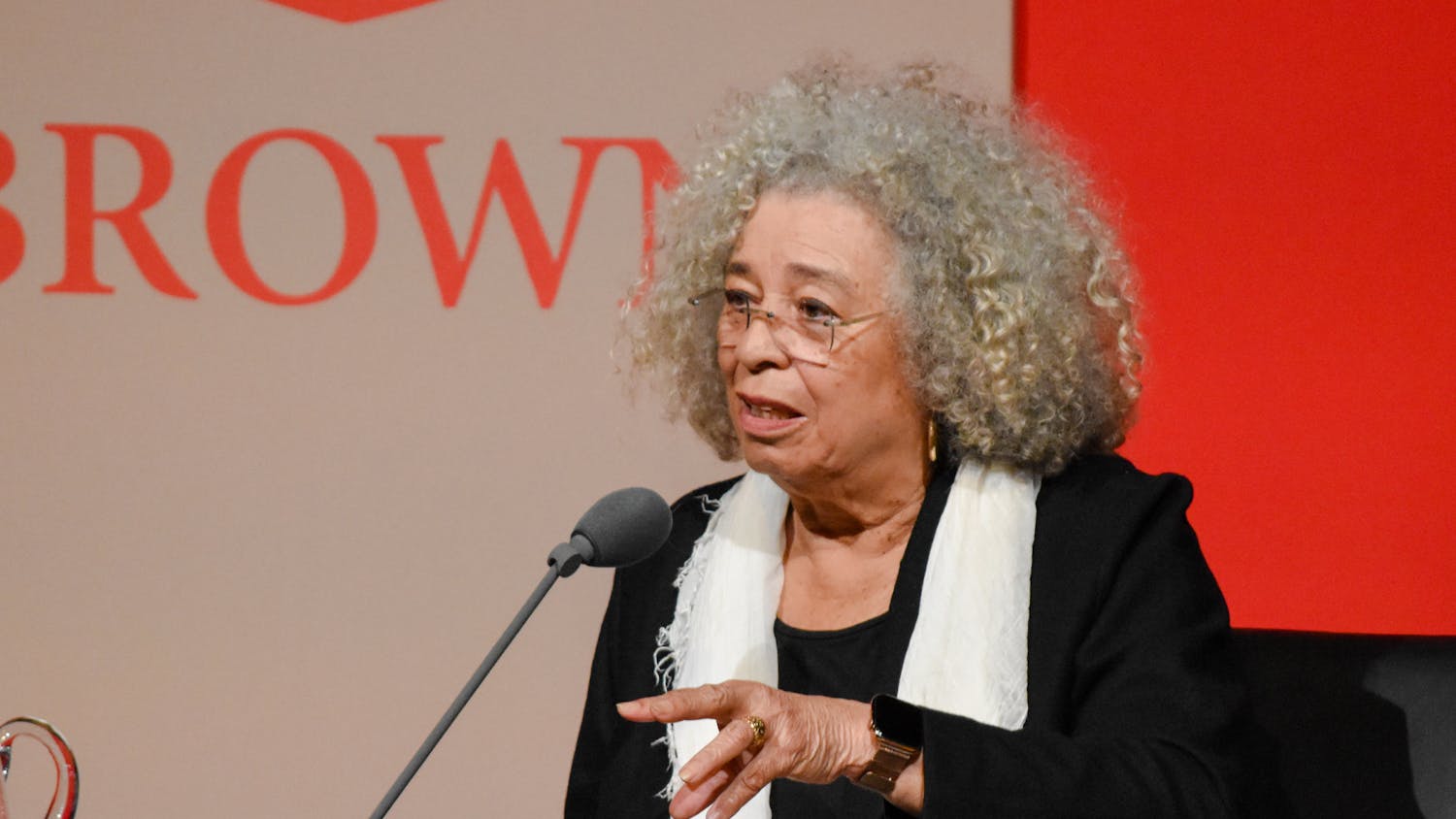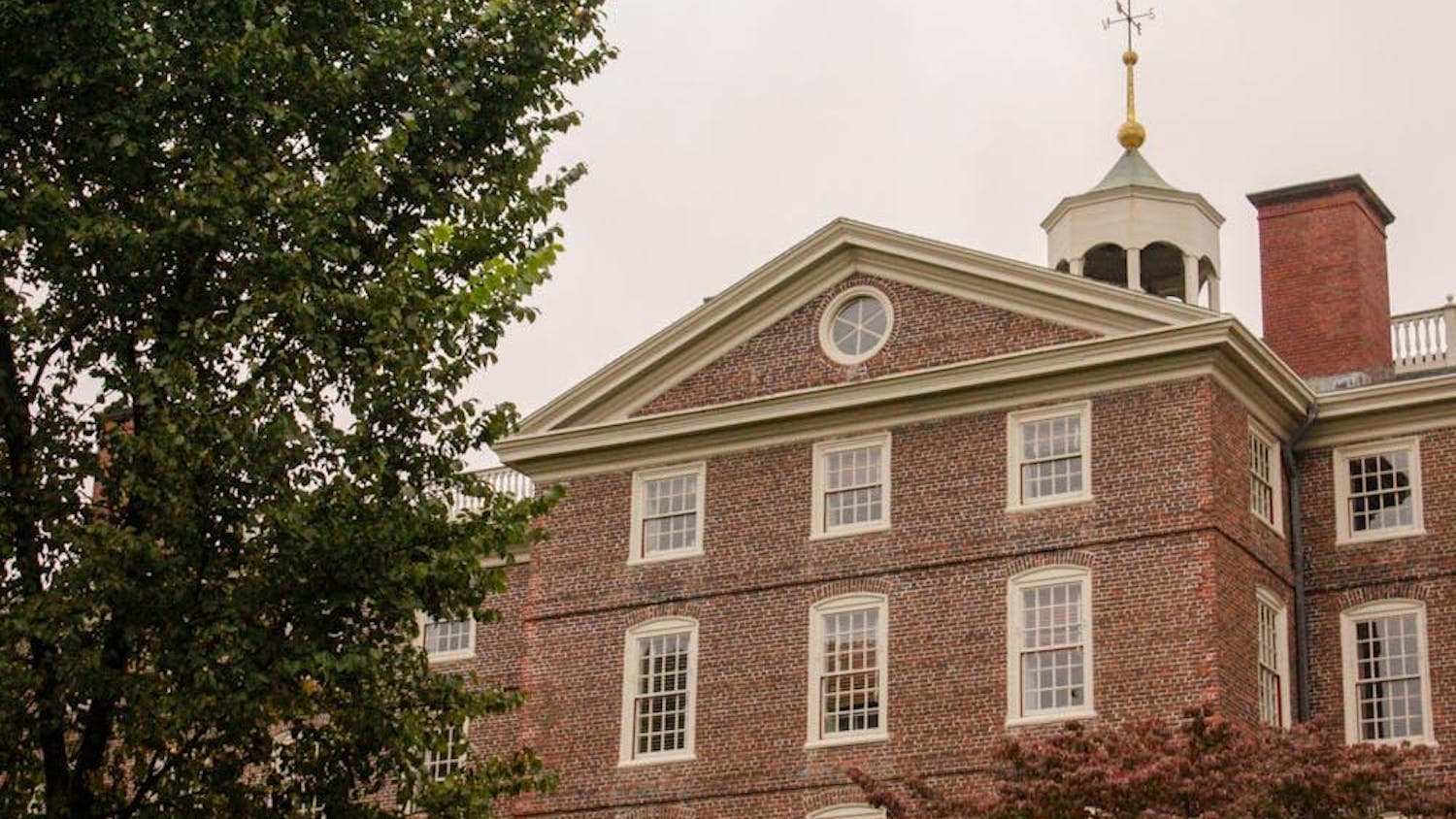Roland Fryer, professor of economics at Harvard, gave a lecture entitled “Understanding Racial Differences in Police Use of Force” in the Starr Auditorium in MacMillan Hall Monday. The talk, part of the “Economics in the Real World Symposium,” argued that though there are substantial racial disparities for non-lethal use of police force, those disparities do not exist for lethal use of force.
“Today I wanted to talk about something you’ve never heard about: racial disparities in police force,” began Fryer with his tongue in cheek. Despite the severity of the topic, he kept the tone of the room light throughout the majority of the lecture, which was attended by about 60 undergraduate students, graduate students and faculty members.
He noted that while the “unlovely history” between African-Americans and the police has been in the forefront of American debate since the shootings of unarmed blacks such as Michael Brown, Eric Garner, Freddie Gray and Walter Scott, there is actually very little data on police use of force.
Fryer discussed his own research, which evaluated racial differences in non-lethal uses of force from five million cases of New York Police Department’s stop-and-frisk data, non-lethal uses of force reported in public contact surveys and lethal uses of force in police altercations.
Fryer wanted his analysis to include “not just which shooting happened in which place” but also contextual controls, such as suspect and officer demographics, the time of day, whether the suspect had a weapon and the officer duty status. His data found different results for non-lethal and lethal use of force.
In instances of non-lethal uses of force that include the use of hands, pushes to the wall or ground, weapon drawing, handcuffs, pepper spray and batons, “Any way you cut the data, there are racial differences that controls cannot account for,” Fryer said.
Though in general blacks are 53 percent more likely to experience non-lethal force during a stop-and-frisk encounter than whites, even with control variables and fixed effects they are still 17 percent more likely to experience police force. Additionally, Hispanics are 58 percent more likely to experience non-lethal force than whites, and 12 percent more likely when controls are accounted for.
For lethal use of force in police interactions, Fryer’s data told a different story. He found that there is no racial bias in the use of lethal force during lethal interactions involving an officer. In fact, his numbers showed that blacks and Hispanics are marginally less likely to have lethal force used against them in police altercations.
“This is the most surprising result I have found in my entire career,” Fryer said, adding, “I had never been so sure of a result before I went into this than I have in my entire life.”
In response to the data, Fryer asked, “How can this possibly be true given the events of Ferguson?” But he speculated that the general assumption that blacks are more likely to experience lethal use of force by police officers arises due to the evident racial disparities in cases of non-lethal force. If a community’s interactions with police are negative in one category, then they will assume that the interactions will intuitively follow with more serious instances of violence, such as shootings, even if data do not show this pattern, Fryer said.
“I grew up not liking the police very much,” Fryer said, “It wasn’t anything personal. They were chasing me, and I was running away,” he said with his tongue in cheek. He also noted that his grandmother’s childhood stories of police violence in his neighborhood and his own experiences with police altercations led him to expect findings that would show higher rates of lethal force for blacks than for whites.
Audience members asked numerous questions about correlations between police force and sexual orientation, religion, location and other situational details unaccounted for by the controls of the experiment. In response to these questions, Fryer replied that this was the only data available for analysis.
Fryer’s research assistant, Tanaya Devi, said that the audience’s questions constitute a fraction of the questions Fryer asks himself everyday. Fryer “lives his research,” spending all his waking hours on it and rarely sleeping, she said. Working with him has been an “awesome experience,” she said, adding of her job, “You get to see a genius work.”
“This is just the start of what I hope is a fruitful and instructive set of papers on police use of force,” Fryer said. He added, “It may not be good economics, but at least it’s economics in the real world.”





